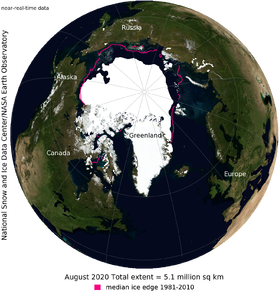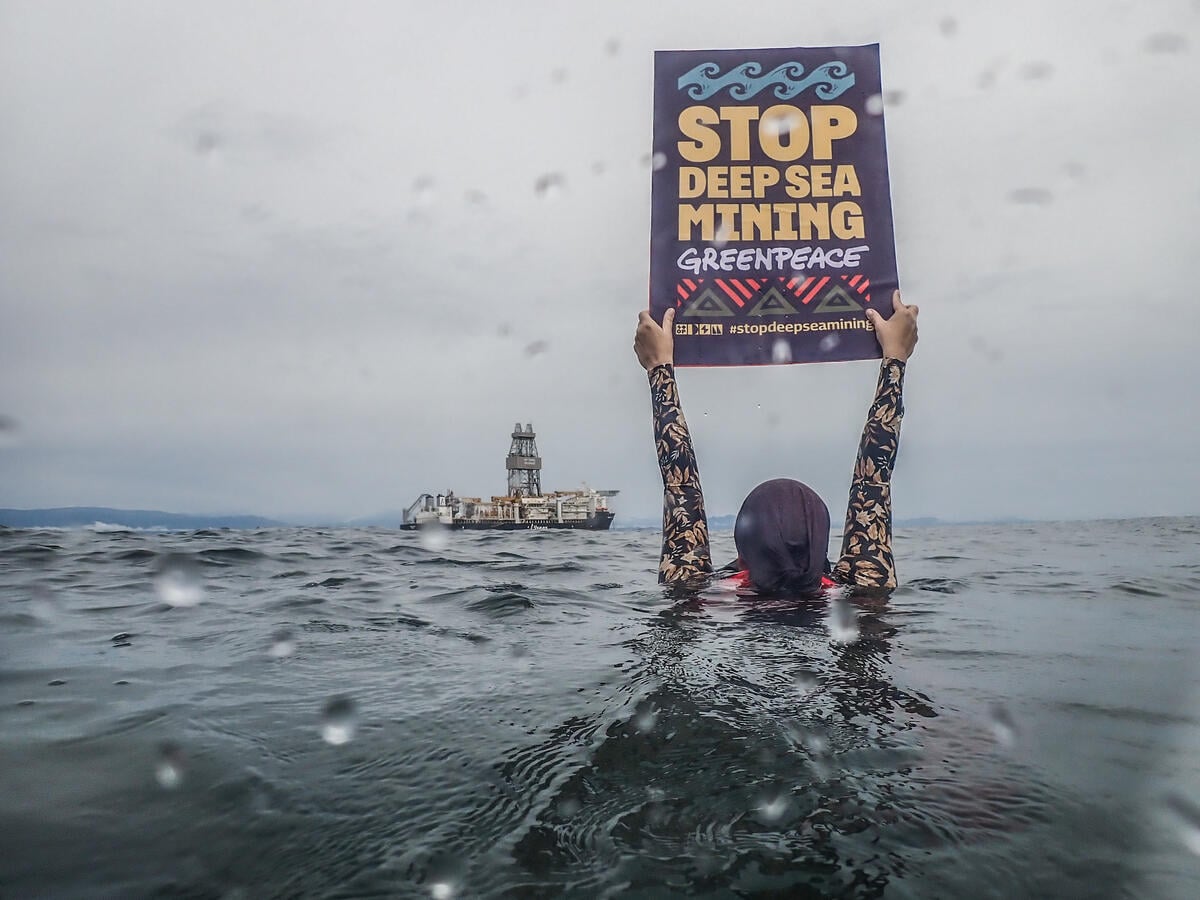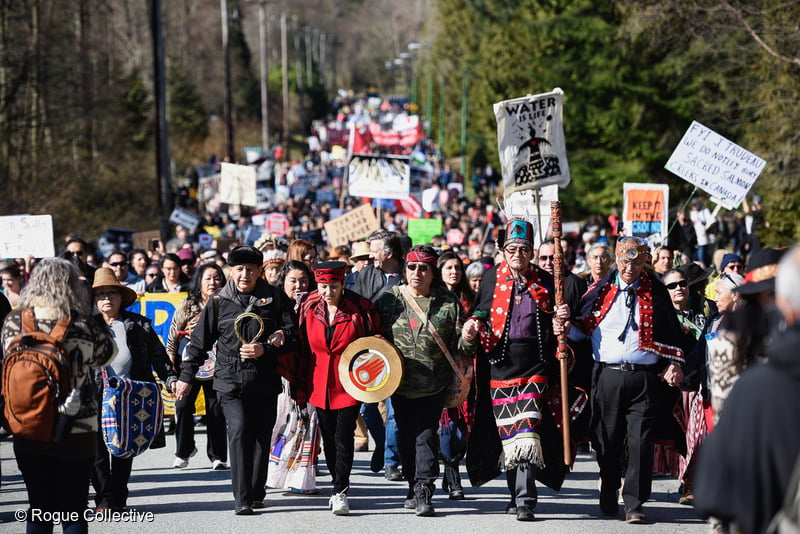The warming Arctic is one of our key global indicators of climate breakdown. So we’re heading there to document and bear witness to the yearly sea ice minimum, have you heard about it before? It’s the day when Arctic sea ice reaches its smallest extent, occurring at the end of the northern summer melt season, generally during September. And unfortunately, this year may be one of the lowest ones ever recorded.
We want to go there and show to the world that the climate breakdown we are living through brings serious impacts to the oceans and its wildlife.
As the ice keeps melting, this area opens up to shipping routes and other industrial activities, bringing the same threats that our oceans already face every single day. Worse still, a new study published in August in the journal Nature Climate Change, supports predictions that the Arctic could be totally free of sea ice during summer by 2035.
That’s why we need you. Healthy oceans help to support people, fight climate breakdown and save wildlife, so it’s critical that we protect the oceans with a robust Global Ocean Treaty that allows at least 30% of the oceans to become fully protected ocean sanctuaries by 2030. Add your name to the petition.
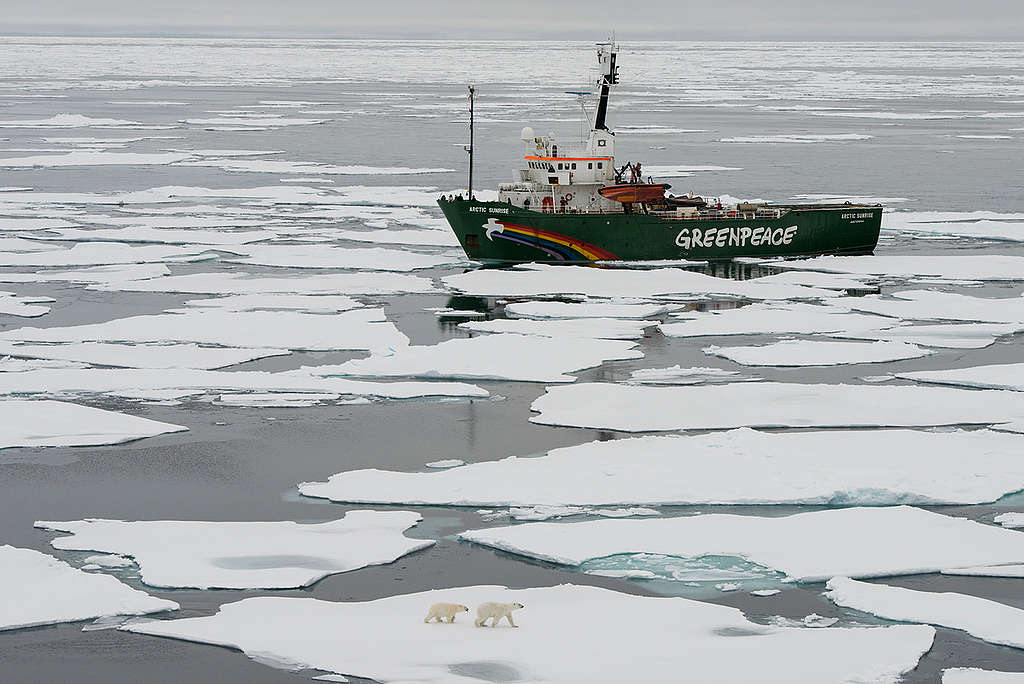
You can join us in this epic voyage to the Arctic by following us on Instagram and signing the petition.
We’ve journeyed from Pole to Pole, on an epic voyage to reveal the wonders that lie beneath the surface of our oceans and confront the threats they face. And we will keep going to the remotest wildernesses on Earth to demand protection until governments hear us and take action.
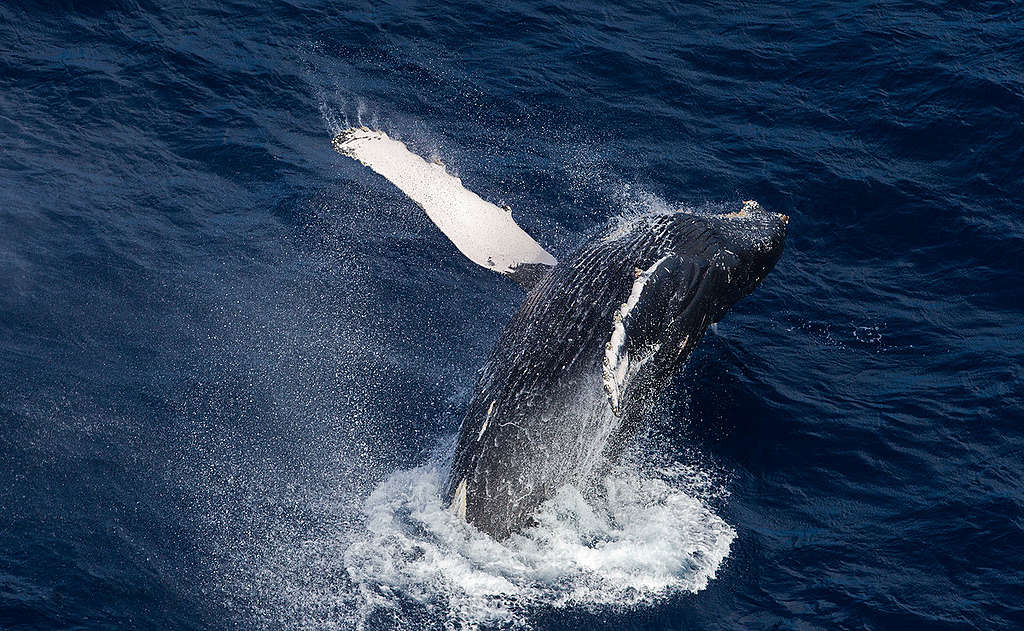
The seas provide half of our oxygen, food for a billion people, and a home for some of the most spectacular wildlife on Earth. But the impacts of climate change, pollution and destructive industries mean they’re in more danger than ever.
Take action
